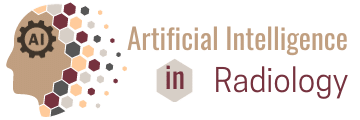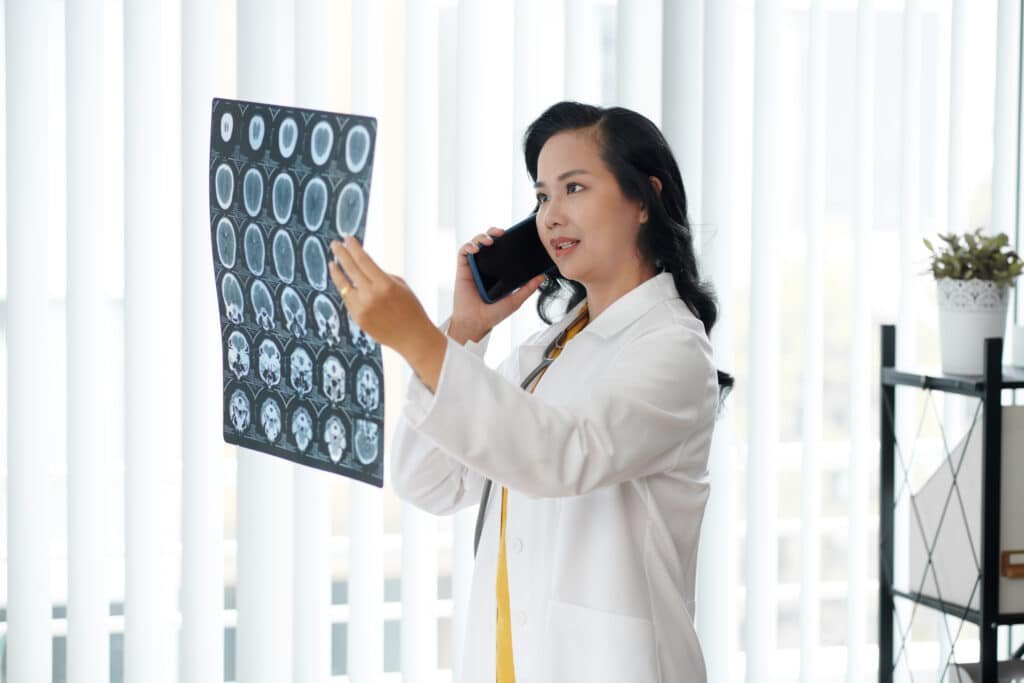STRONG reasons why radiologists can NOT be replaced
While artificial intelligence (AI) in radiology has advanced significantly, presenting capabilities for image analysis that can sometimes rival human performance, there are several robust reasons why radiologists are not likely to be fully replaced by AI solutions in the foreseeable future:
The adaptive radiologist, intertwining expertise with AI, not only safeguards their practice against obsolescence but also erects pillars that uphold the zenith of diagnostic excellence.
Holistic Analysis: Radiologists do not only interpret images but also integrate clinical information to make accurate diagnoses.
Uncertain and Atypical Cases: Radiologists deal with ambiguous cases and unusual presentations that AI might struggle with, especially when patient cases do not conform to previously seen patterns.
Ethical Considerations: Ensuring ethical use of AI technology requires human oversight.
Error Checking: AI systems can make mistakes, and human oversight is crucial to identify and correct them.
Patient Interaction: Radiologists often consult with patients, explaining procedures and results.
Collaboration with Medical Teams: They collaborate with other healthcare professionals, contributing to decisions regarding patient care which often requires a depth of experience and understanding of clinical contexts that AI lacks.
Dealing with Varied Technologies: Radiologists can adapt to different imaging technologies and techniques, adjusting their approach when needed.
Continuous Learning: Radiologists keep abreast of emerging knowledge and technologies in the field, while AI systems must be explicitly retrained to accommodate new information.
Accountability: The question of responsibility in case of errors with AI is complex, while radiologists are trained and licensed to be accountable for their diagnoses.
Regulatory Compliance: Ensuring that the use of AI complies with healthcare regulations is crucial and requires human management.
Conducting Research: Radiologists participate in research to advance the field, while AI tools are not capable of conducting research autonomously.
Developing Protocols: Radiologists contribute to the development of new imaging protocols and guidelines, which is beyond the capability of current AI technologies.
Expert Consultation: Radiologists provide specialized expert consultation for complex cases.
Multidisciplinary Expertise: Their knowledge spans various related disciplines, enabling them to understand complex pathological and physiological contexts.
Problem-Solving: Radiologists apply creative problem-solving in challenging cases, while AI lacks the ability to think creatively.
Innovative Techniques: Radiologists can invent and implement innovative approaches to diagnostic procedures and treatments.
Cultural Competency: Radiologists bring a human understanding of varied cultural, social, and individual factors that might be relevant to patient care.
Global Healthcare Contexts: Understanding and addressing global and local healthcare disparities and variations require human insight.
Long-Term Patient Relationships: Radiologists sometimes build relationships with patients and other healthcare professionals, contributing to continuity of care.
Understanding Patient History: The holistic understanding of a patient’s history and prior imaging is crucial for making accurate diagnoses and recommendations.


